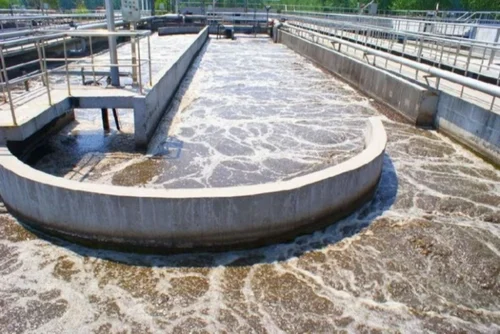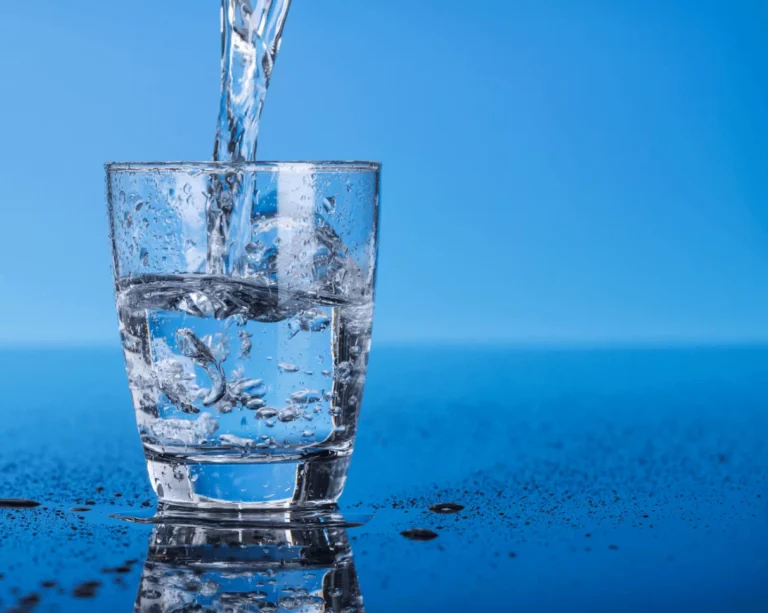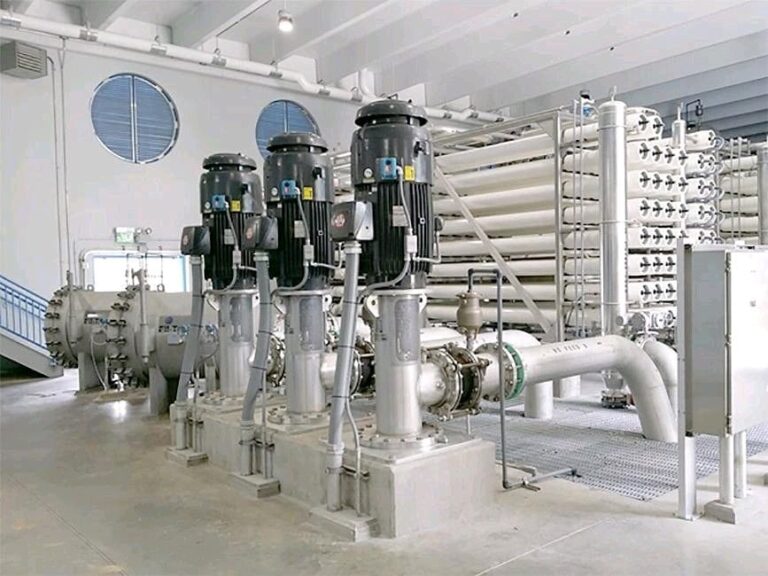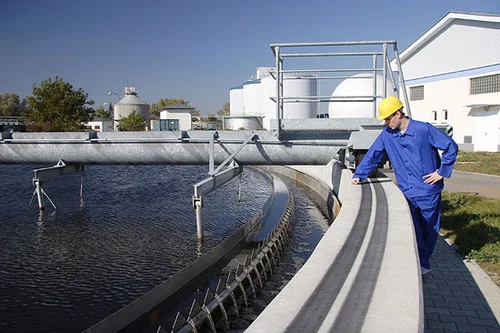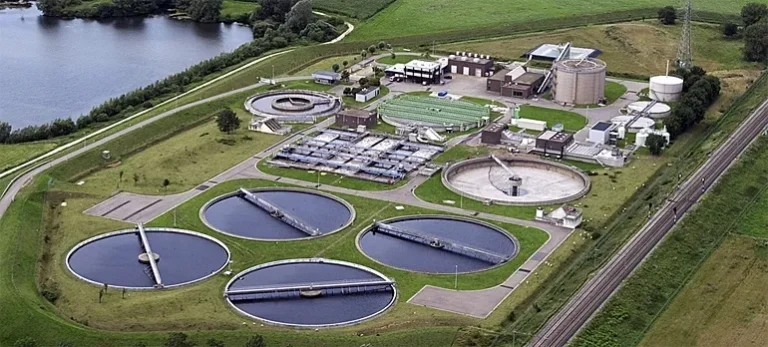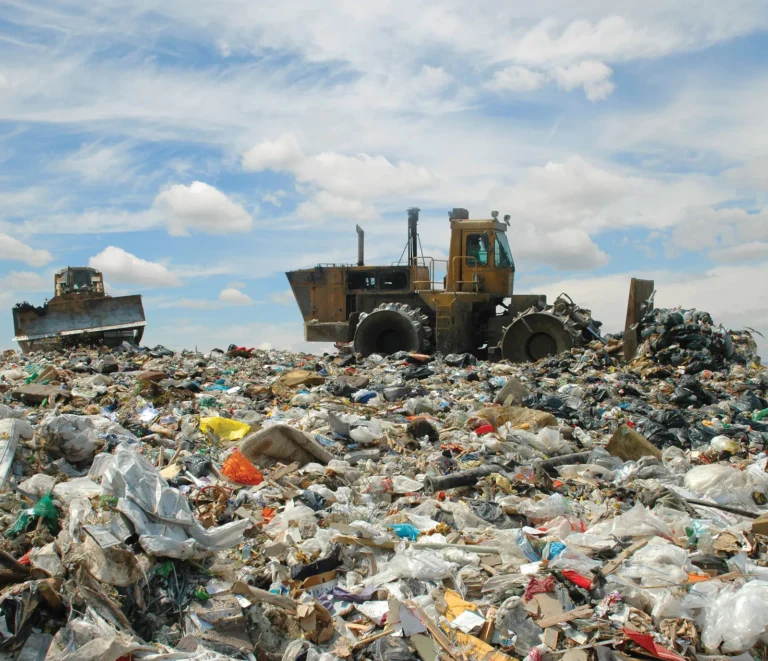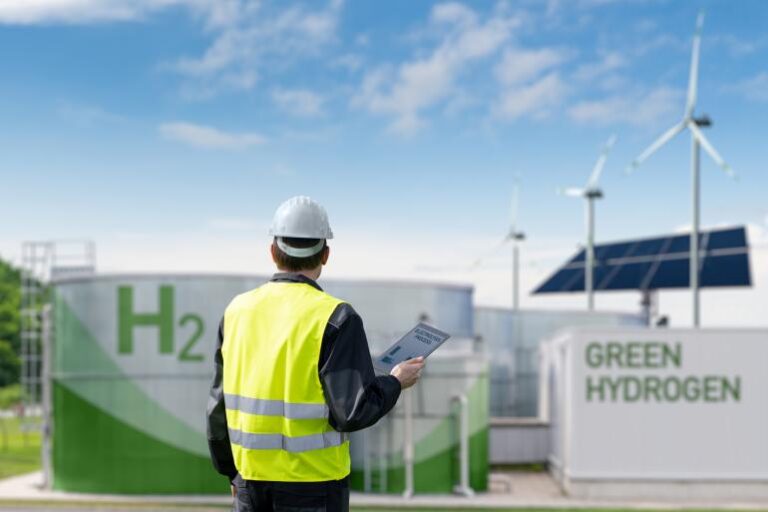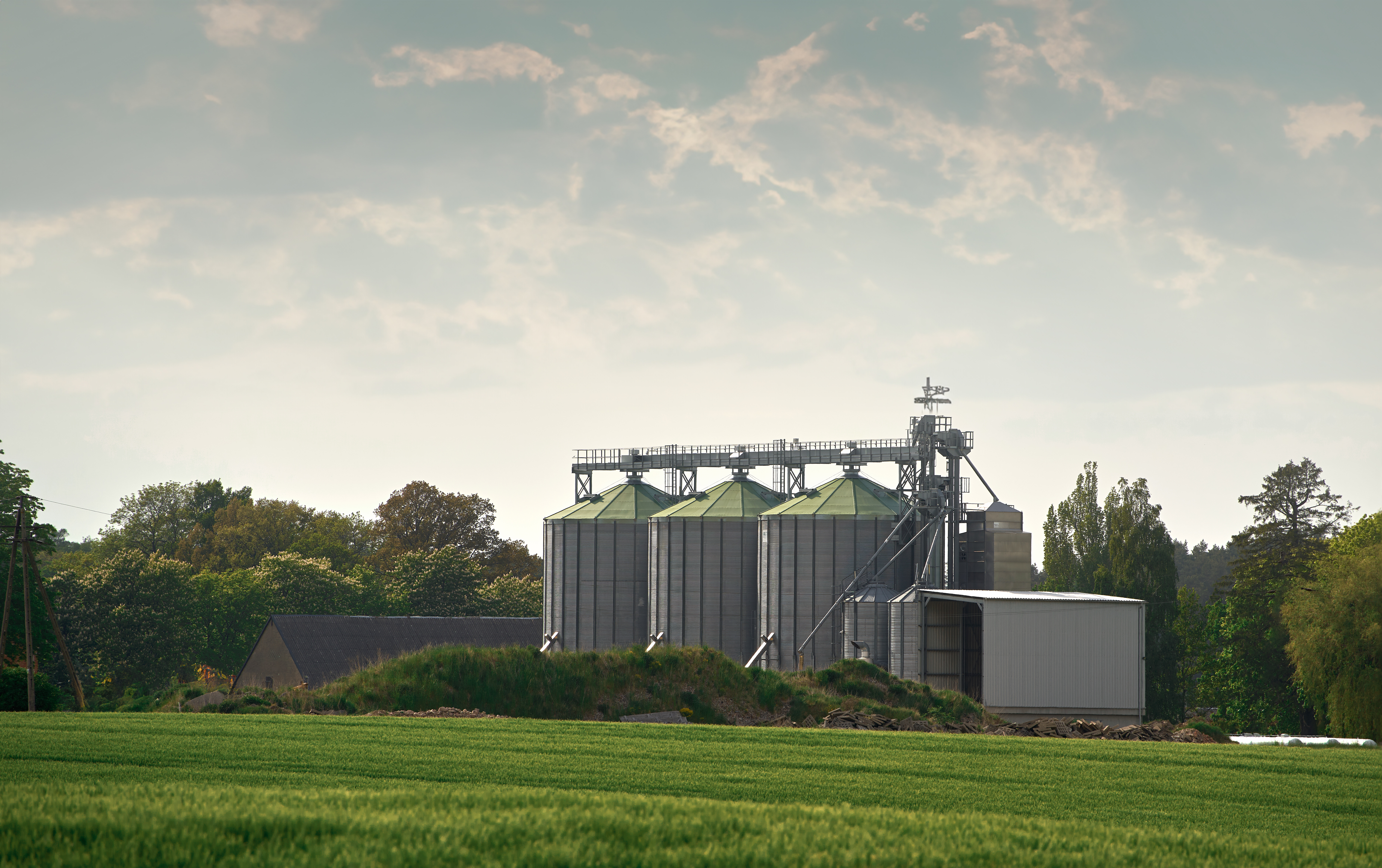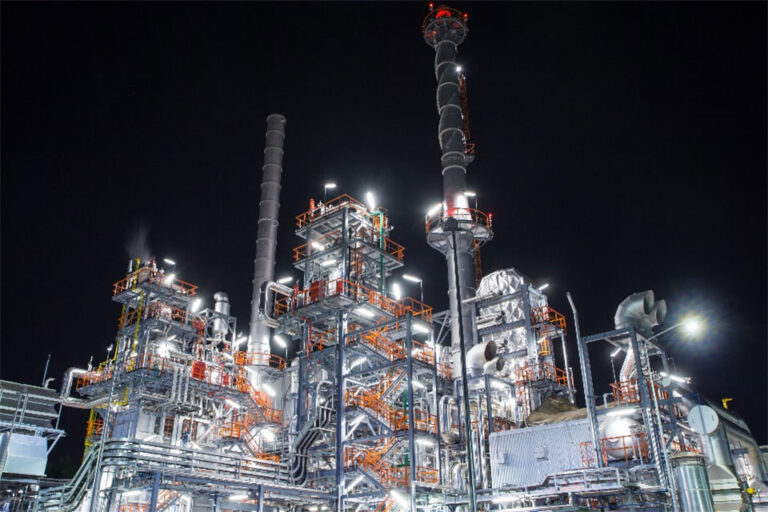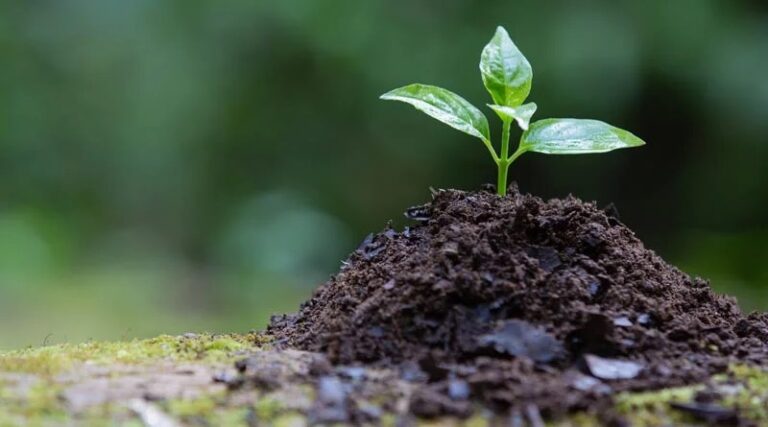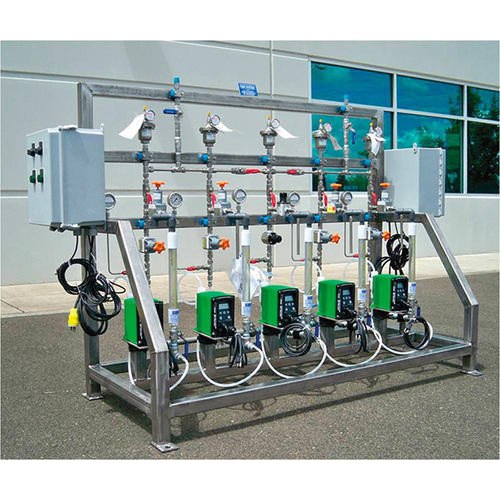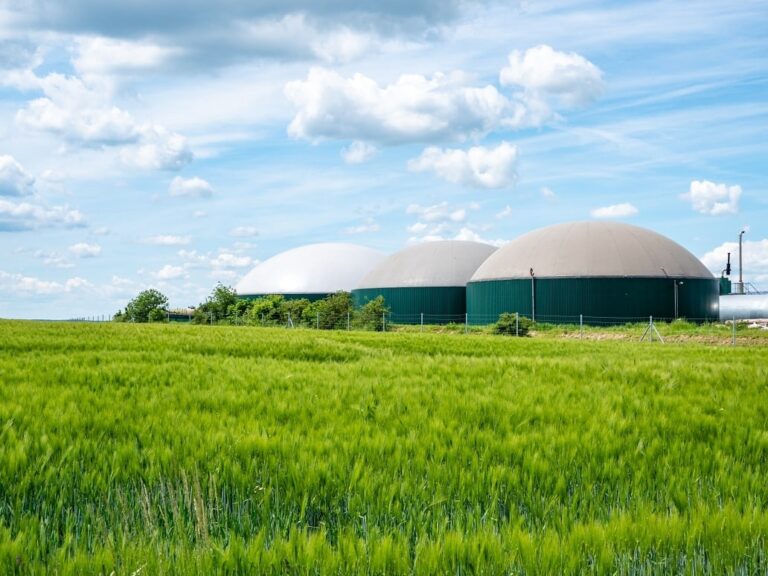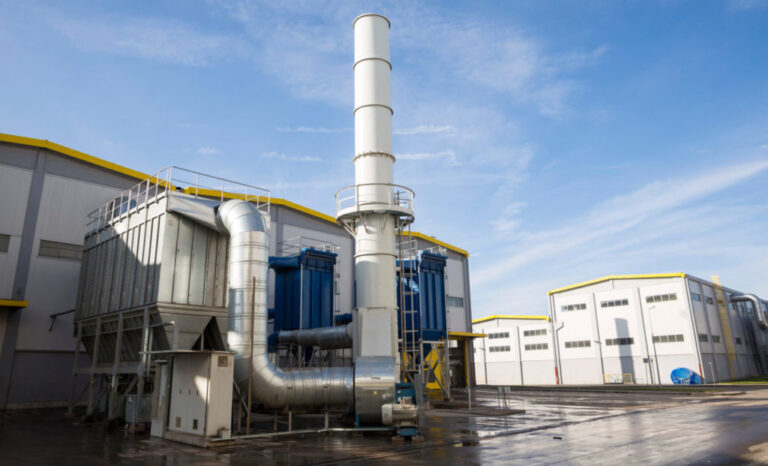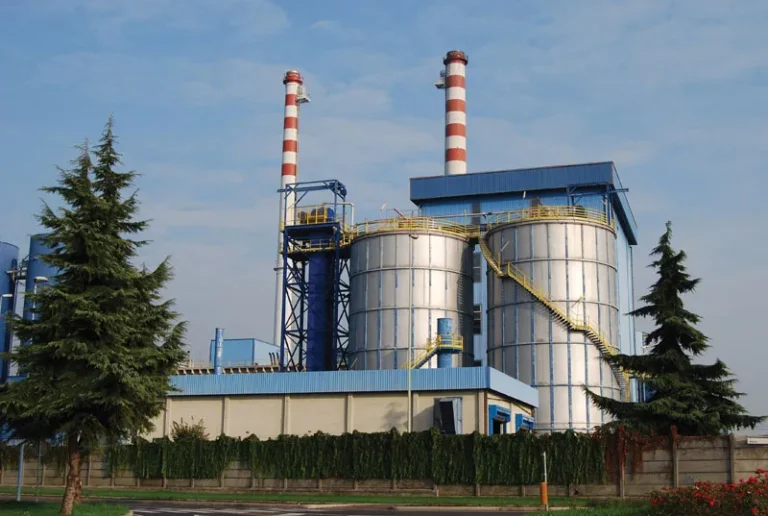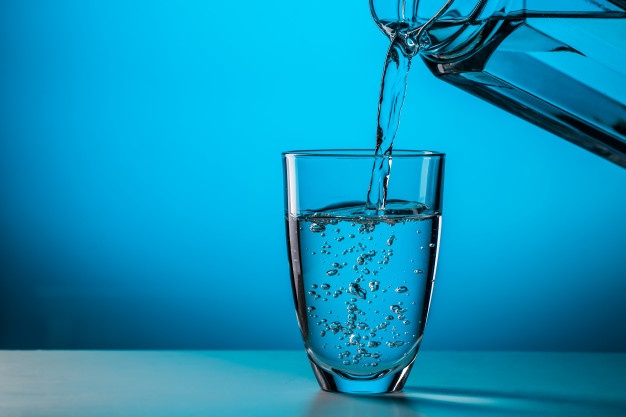Multiple Effect Evaporation (MEE)
High-efficiency
Thermal
Separation
for Complex
Wastewater and
Zero Liquid
Discharge (ZLD) Systems
Technology Overview
Industries generating high TDS and recalcitrant effluents need more than biological or chemical treatment alone. When water recovery and residue minimization are mission-critical, Multiple Effect Evaporation (MEE) provides a thermal-based solution designed for maximum distillate recovery and minimal environmental impact.
MEE systems leverage multiple stages (or effects) under progressively lower pressures to reuse vapor energy, significantly reducing steam consumption compared to single-effect evaporators. This makes MEE one of the most energy-efficient technologies for achieving ZLD and treating brine, RO reject and complex chemical wastewater.
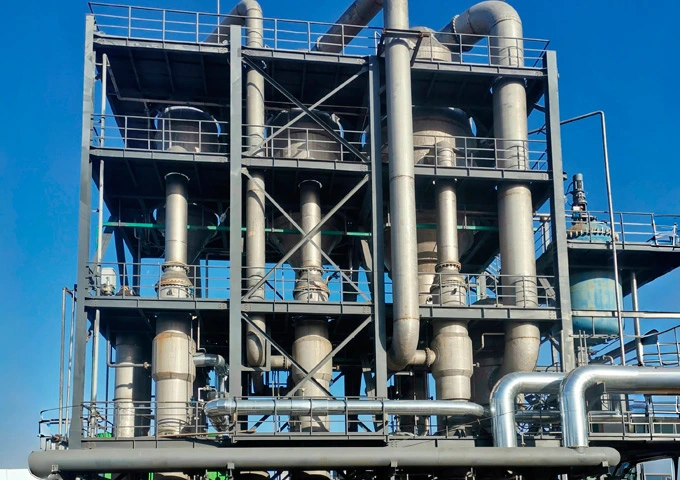
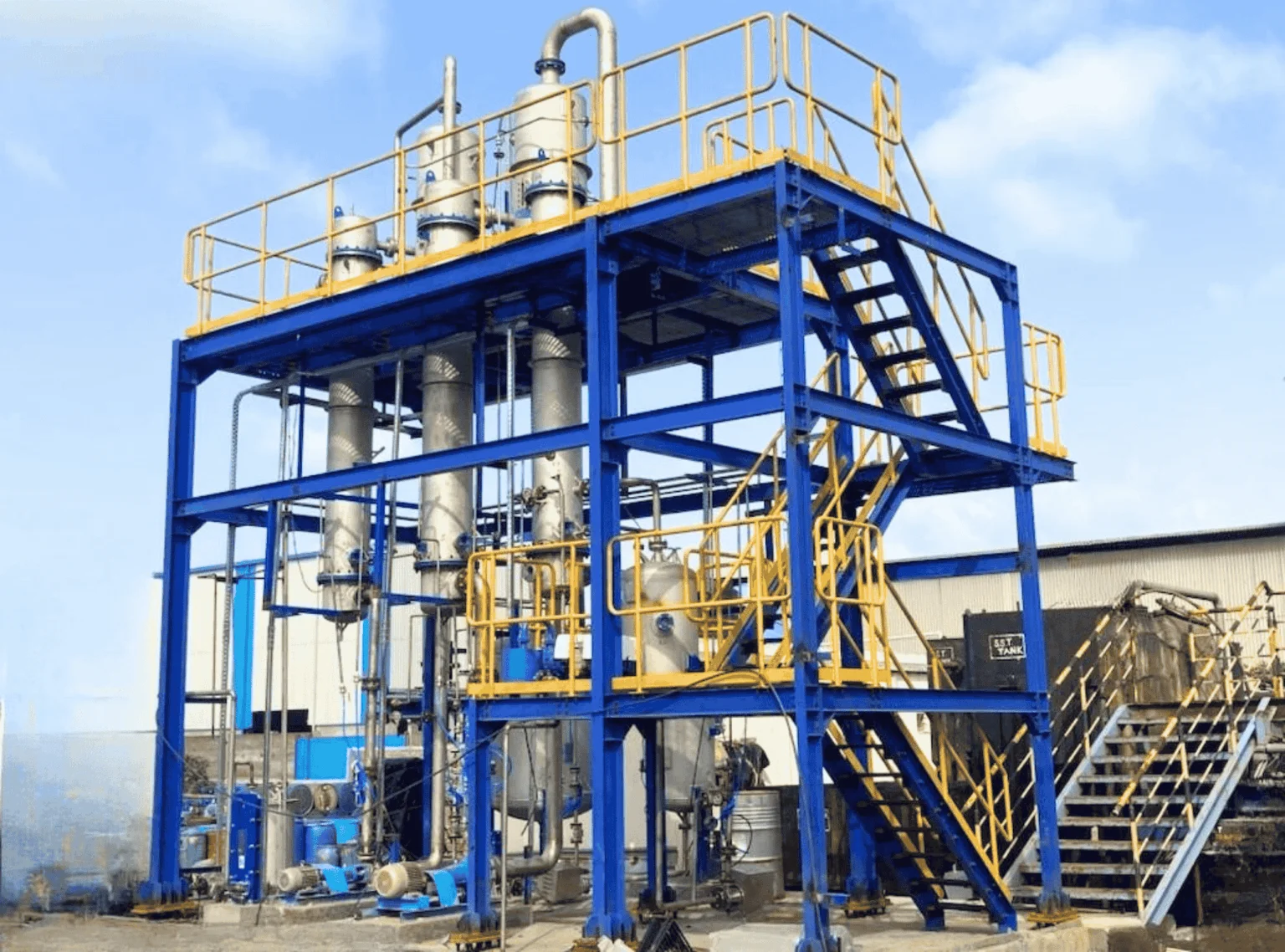
How it Works?
- Stage-wise Evaporation: Wastewater is fed into the first evaporator, where steam causes evaporation under controlled conditions.
- Vapor Reuse: The vapor generated is used as the heating medium for the next stage. Each successive stage operates at a lower pressure and boiling point, enabling an energy cascade.
- Concentration and Recovery: Clean condensate is collected as recovered water, while the concentrated reject is either crystallized or disposed of based on regulatory norms.
- Energy Optimization: Optional integration with thermal vapor recompression (TVR) or mechanical vapor recompression (MVR) further enhances energy savings.
Technology Benefits
- High Recovery Rates: Achieves up to 95% water recovery from RO reject and high-salinity effluents.
- Energy Efficiency: Reduces specific steam consumption by up to 50% through multiple effect and recompression integration.
- Resilient Performance: Designed to handle complex streams with high COD, sulfates, chlorides and organic loads.
- ZLD Compliance: Enables complete liquid waste elimination when paired with crystallizers.
- Automated Operation: SCADA-enabled control systems for real-time monitoring, energy tracking and maintenance alerts.
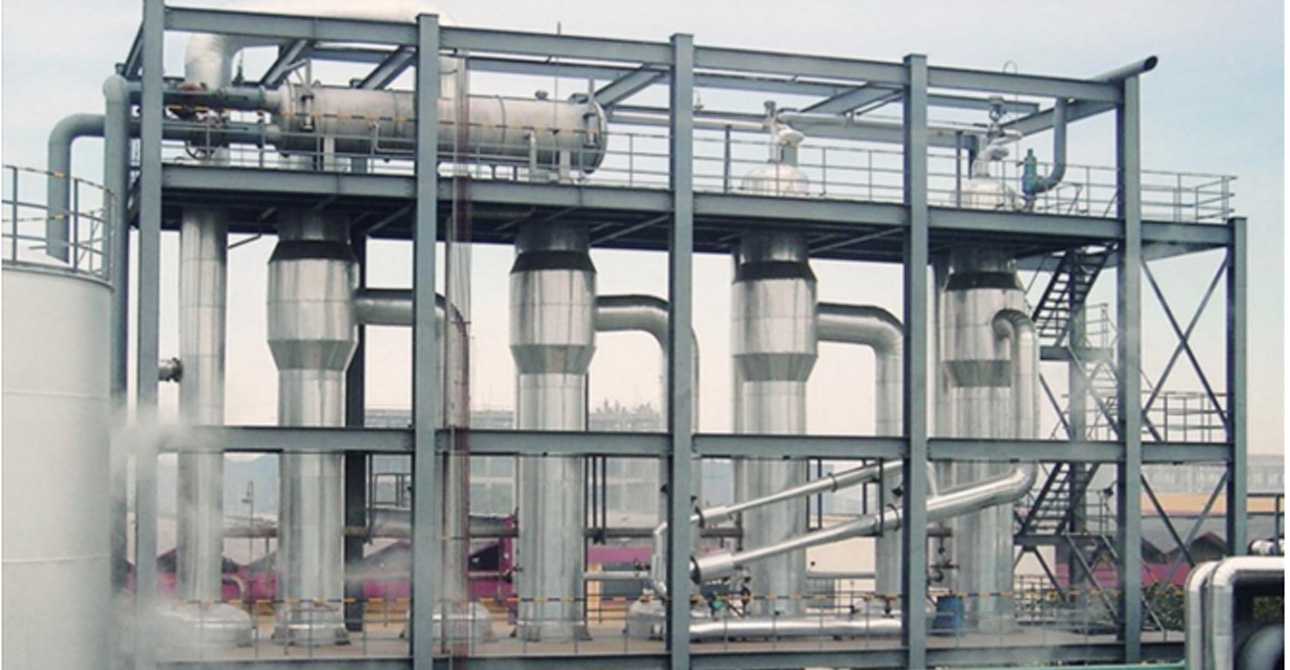
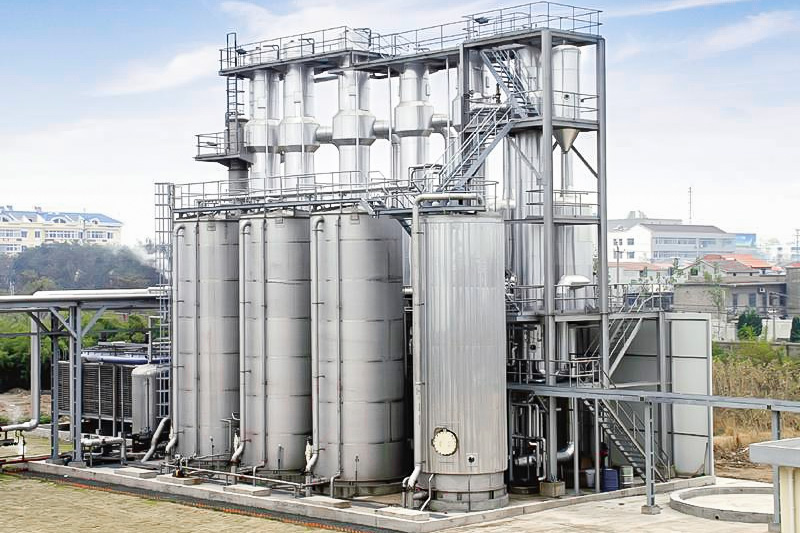
Where it Works Best?
- Chemical and Fertilizer Manufacturing
- Pharmaceuticals and Bulk Drugs
- Textiles and Dyeing Units
- Pulp and Paper
- Sugar Refineries and Distilleries
- Tannery and Leather Processing
- Power Plants (Flue Gas Desulfurization Wastewater)
- Petrochemical and Refinery Wastewater
- Effluent from MBR, RO and Nanofiltration Processes
- Seawater Desalination Processes
Integration With Other Technologies
MEE systems from WOG Technologies Limited are often deployed as the final stage of advanced wastewater treatment and ZLD trains. We offer complete turnkey integration with:
- Pre-treatment Systems (neutralization, filtration, de-oiling)
- Membrane Units (RO / UF / NF)
- Crystallizers and Agitated Thin Film Dryers (ATFDs)
- Thermal Vapor Recompression (TVR) or Mechanical Vapor Recompression (MVR)
- SCADA and IoT Platforms for digital control and optimization
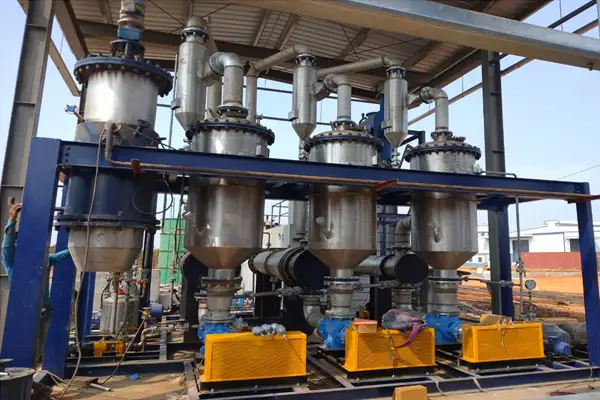
Why Choose WOG Technologies Limited?
Decades of experience in designing evaporation systems for harsh industrial effluents.
Proven energy optimization through multiple effect and vapor recompression combinations.
Modular and skid-mounted options for rapid deployment and space-constrained sites.
Lifecycle support from feasibility, design and commissioning to O&M.
Global regulatory and ZLD compliance expertise.
Engineered for the Toughest Effluents
Contact WOG Technologies Limited to explore Multiple Effect Evaporation (MEE) systems that deliver reliable water recovery, cost control and compliance in high-load industrial environments.
FAQs
MEE uses multiple evaporator stages in series, where vapor from one stage acts as the heat source for the next. This reduces steam demand and makes it more energy efficient than single-stage evaporation systems.
Yes. MEE is a core component in ZLD systems and is often coupled with crystallizers or ATFDs to convert the concentrate into solids, enabling complete liquid elimination.
Absolutely. MEE is designed to treat brine streams with TDS levels as high as 100,000 ppm, particularly when pre-treated through ultrafiltration or chemical conditioning.
We integrate thermal vapor recompression (TVR) or mechanical vapor recompression (MVR), smart heat recovery loops and SCADA-based monitoring into our MEE systems to ensure optimal energy performance.
Yes. We offer end-to-end solutions including feed analysis, pilot testing, design, procurement, fabrication, automation, commissioning and long-term operations and maintenance support.

